SDA Showcase great success
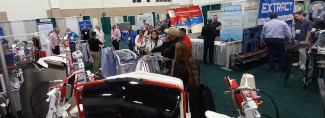
750 people flocked to the Irving (TX) Convention Center April 29-30 to enjoy live equipment demonstrations, educational speakers, networking, and the chance to pick each other’s brains about issues that confront them every day. It is the only live equipment show in the U.S. this year. (The next Clean Show is in Orlando, FL in 2025.)
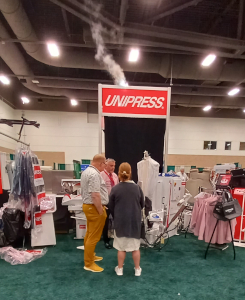
People had a chance to look at the booth offerings the evening before the show officially opened, and many took advantage of the opportunity. The next morning kicked off with keynote speakers and other educational sessions.
Winning the Talent Wars
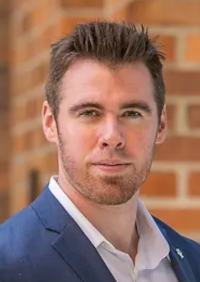
Jeff Butler (jeffjbutler.com) spoke about the realities of today’s workforce. Some of his interesting points:
- People are working longer these days due to medical advances. This has led to a wide range of employee expectations, as the workforce spans multiple generations.
- It’s essential to ask WHY. Many younger people want to just change things, without ever asking why it has worked so well so long.
- Quality workers can be recruited if you appeal to their higher demand for fulfillment.
He compared this third point to Mazlow’s “hierarchy of needs” — from most basic to most lofty. For instance, the “typical” worker has very basic wants: wages, tools to do the job. A slightly more committed worker might be drawn to a company because of it’s brand recognition (“I work for Amazon” sounds better than “I work for Dave’s Garage.”) Some people will stick with a job if they like the culture (“I like my boss” or “I like how people are around here.”) A higher need for some people is to have an impact on society through their work. The highest need, and the one that attracts high performers, is the possibility of personal growth in the job (not just job advancement.)
Butler gave seven strategies for attracting good people and hiring them. He also demonstrated how the average job posting appeals to the lowest need (wages, etc.) but the person behind the wage was hoping for a long-term quality employee. He showed better drafts of the same ads to appeal to different types of applicants.
Changing Consumer Behavior

Speaker Andrew Gibson, President/CEO of Tide Services, showed charts that captured the moment Covid hit and how various sectors of the economy have rebounded (and continue to do so.)
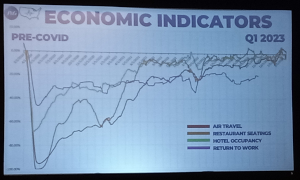
In the good news column, he said consumers are going out again, they are purchasing less things that are discounted, and are buying quality even as inflation increases.
Comparing dry cleaning prices between 2019 and 2022, it is clear prices have gone up. The average cost of shirt laundering in his survey went from $2.68 in 2019 to 3.47 in 2022 (a 29% increase.) Pants went from $5.99 to $7.04 (an 18% increase.)
He emphasized that as a “return to office” occurs, shirts are a possible growth area for plants.
A trend that is emerging post-pandemic is that, even as people return to offices, they are shifting their work days. More companies are having 4-day work weeks. Some are cramming a whole week of in-office work into Tuesday-Thursday, and perhaps working at home another day. This has implications for marketing your services.
He also talked about cyber security. “60% of companies that are hacked are out of business within 6 months,” he said. The issue is one of consumer trust. If you get hacked, their data gets hacked, and they are left to pick up the pieces. It’s a hassle nobody wants, and they are reluctant to trust you with their information again.
Other speakers talked on legal pitfalls in employee relations (U.S.), violations of OSHA rules in the workplace, stain removal recipes, and easy-to-accomplish mechanical fixes in the plant.
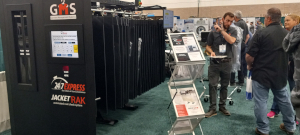
Sunday continued the educational sessions, as well as access to the show floor and booth vendors. The Southwest Drycleaners Association is to be commended for pulling off a really nice show during a lull in such events.





